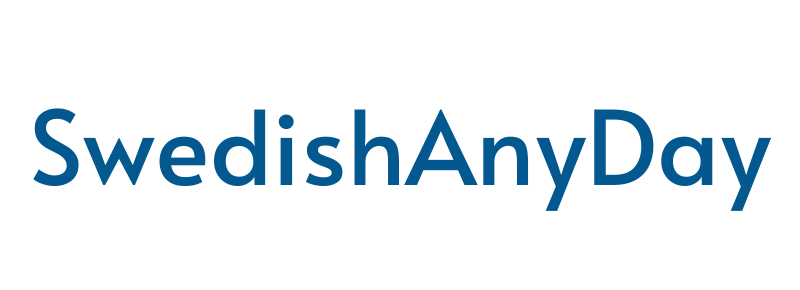Indefinite form of nouns – obestämd form
📒 When the noun is in indefinite form – we use article (en or ett) in front of the word or use a word without any article. Examples: en katt (a cat), ett hus (a house).
✏ We use indefinite form of nouns:
1) If we hear about something for the first time and information is totally new for us:
Hon har en hund. – She has a dog.
Vi bor i en lägenhet. – We live in an apartment.
2) If we put nouns after possessive pronouns (you can check the link in bio and watch video about Swedish possessive pronouns on YouTube):
min bok – my book
hennes syster – her sister
hans tavla – his painting
3) After specific words such as nästa (next), samma (the same), många (many, a lot of):
nästa vecka – next week
samma jobb – the same job
många blommor – a lot of flowers
4) In specific phrases:
att köra bil – to drive a car
att gå på restaurang – to go to a restaurant
att åka tåg – to go by train, to travel by train
5) When we present something:
Det finns en bok på hyllan. – There is a book on the shelf.
Det står en vas på bordet. – There is a vase on the table.
6) When we talk about work or profession:
Han är läkare. – He is a doctor.
Jag är lärare. – I am a teacher.
7) If there is an adjective in front of a noun, which is singular and in indefinite form:
en fin lägenhet – a nice apartment
ett viktigt möte – an important meeting
8) After words denna, detta and dessa:
denna väska – this bag (en väska)
detta fönster – this window (ett fönster)
dessa skor – this shoes (skor is plural)
🔶 These were the basic cases of using an indefinite form of the nouns in Swedish.
